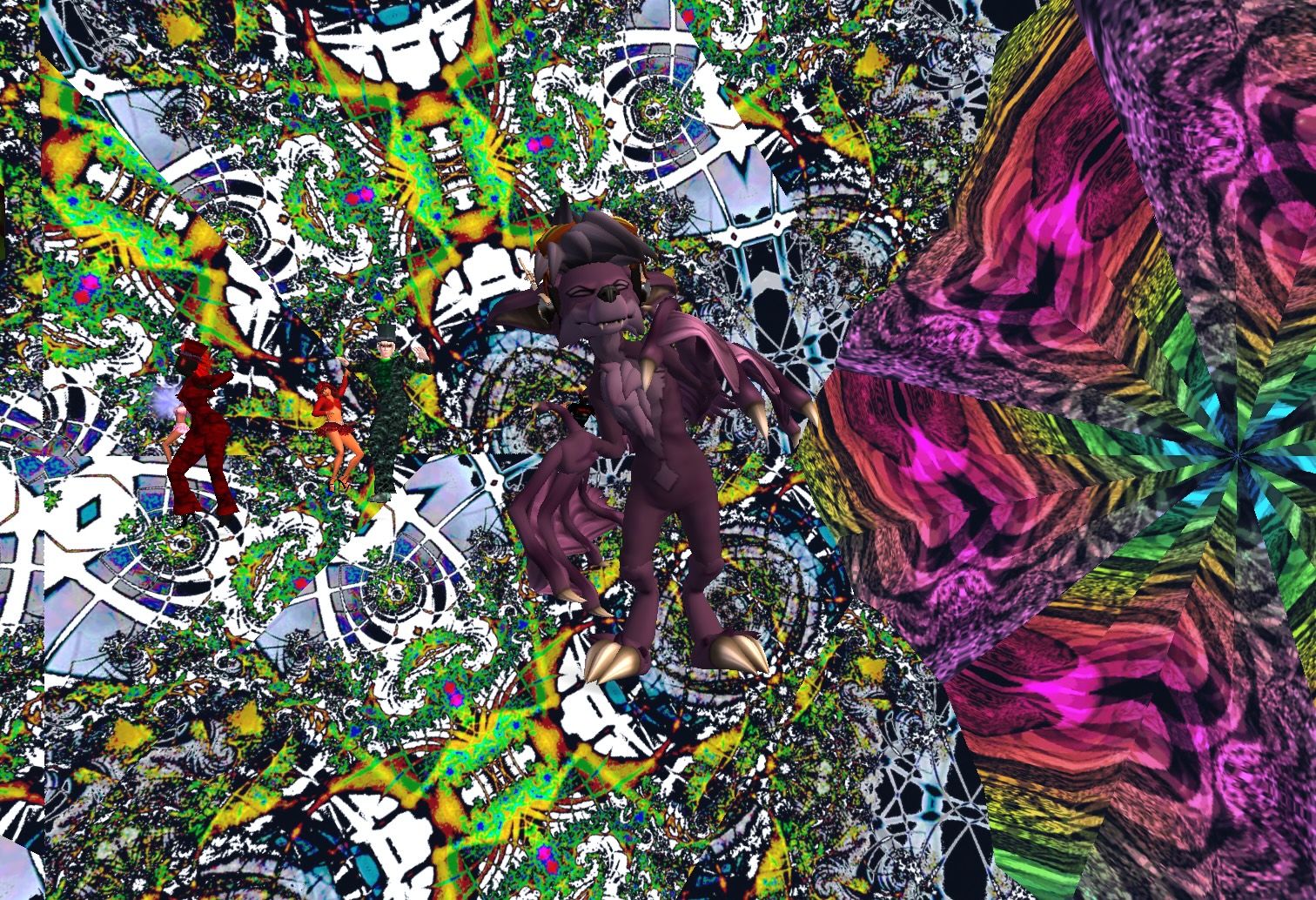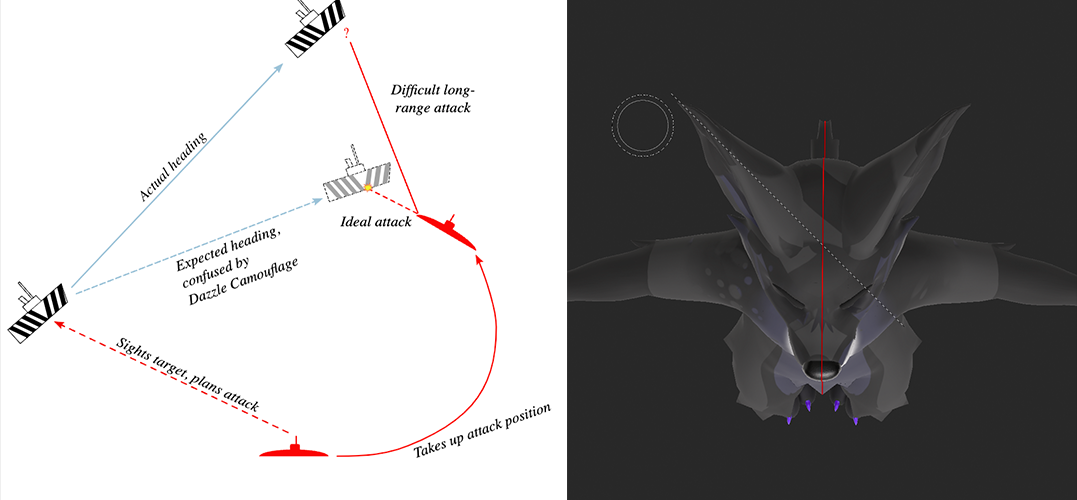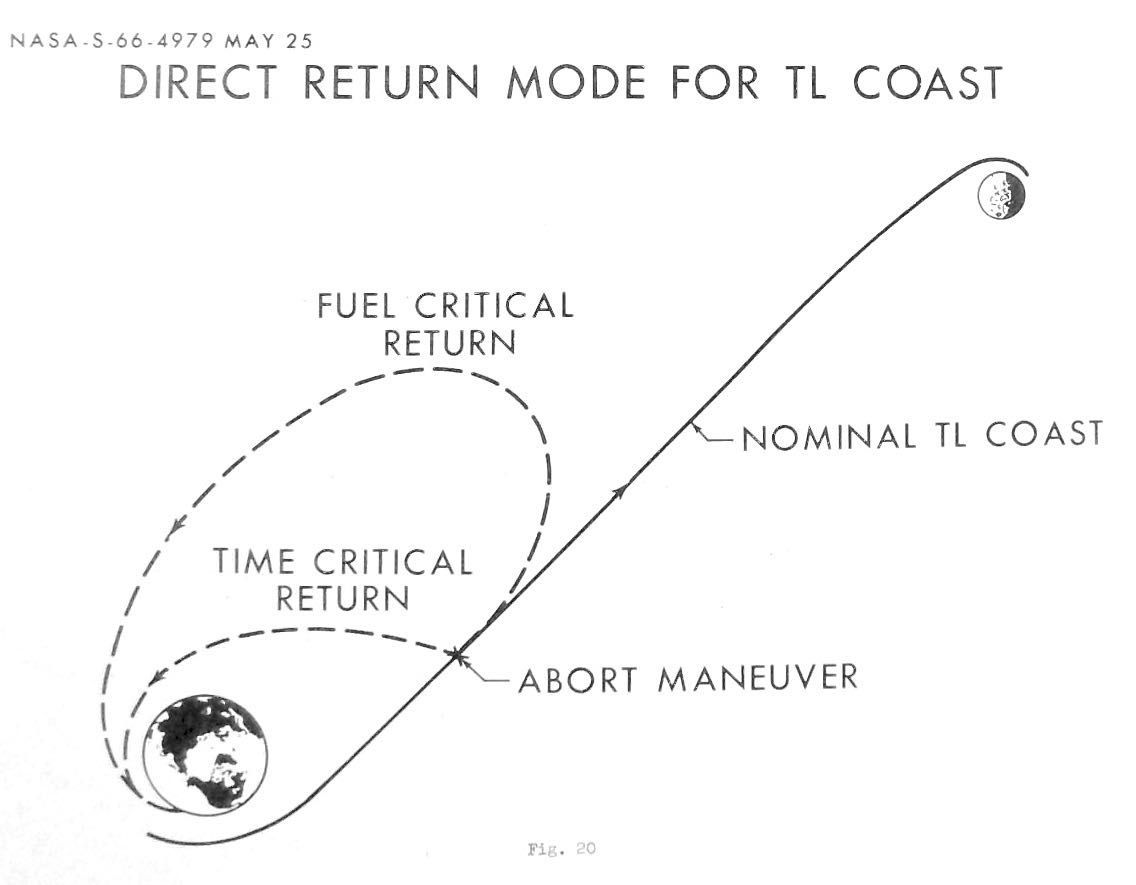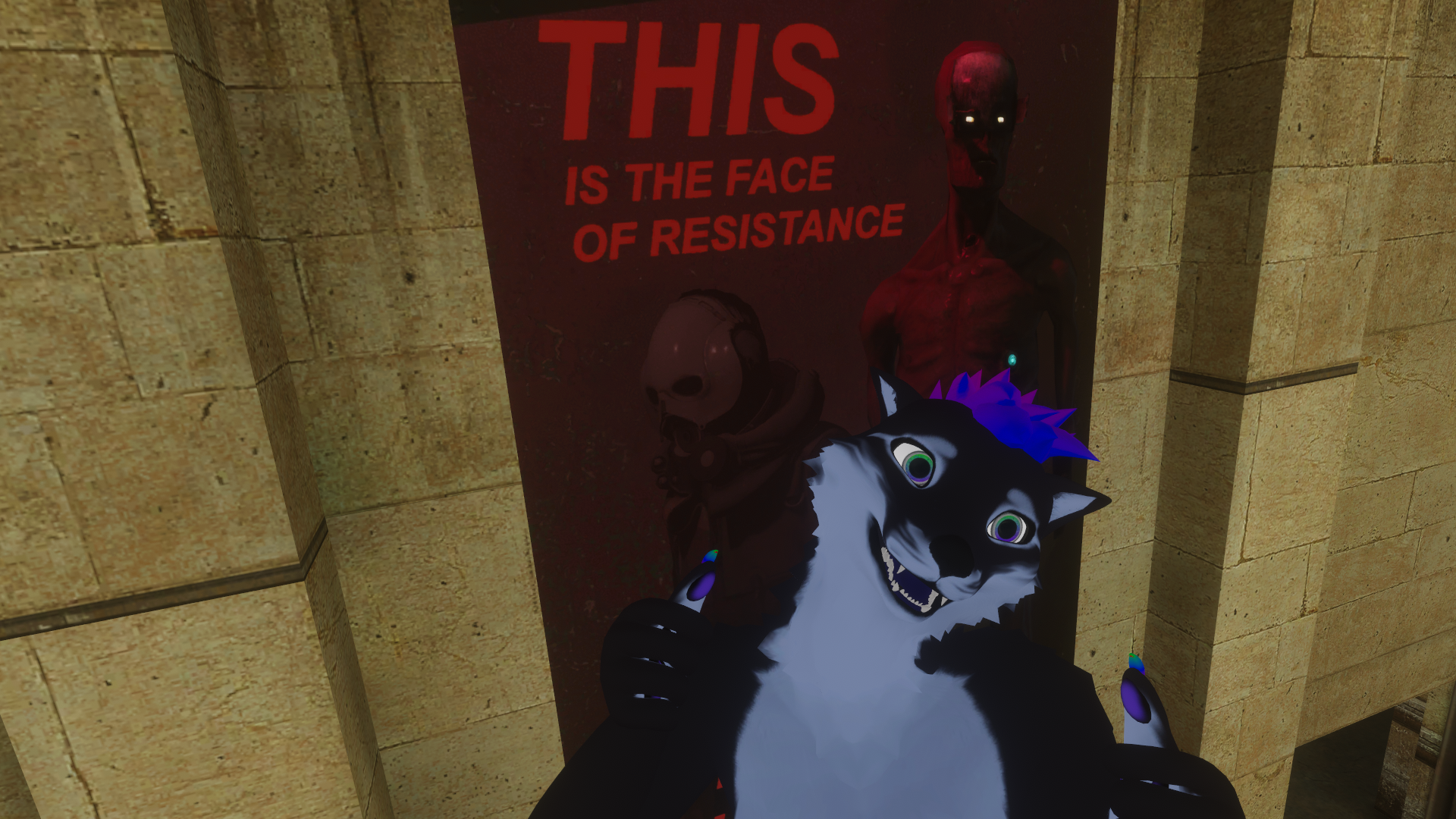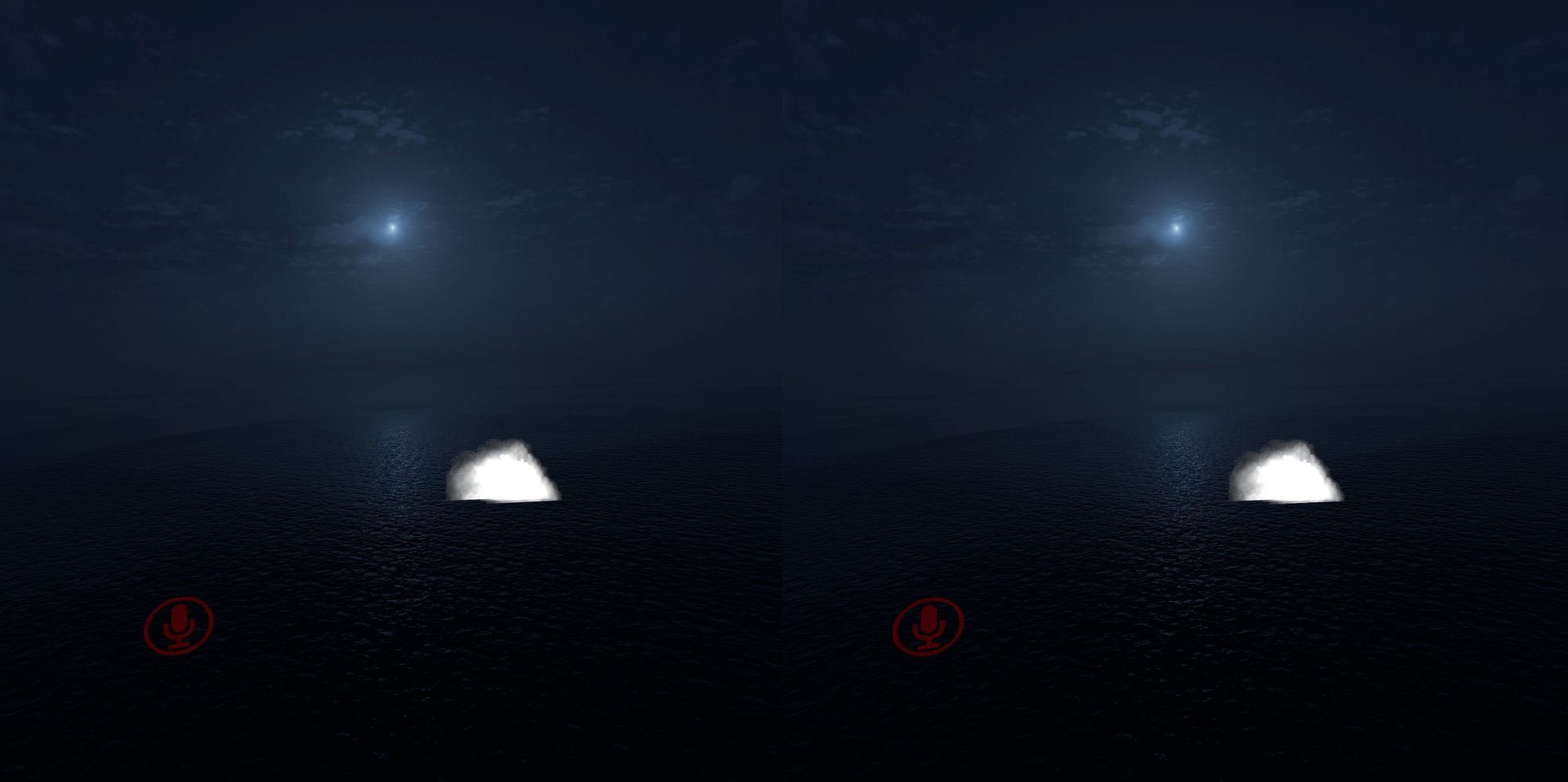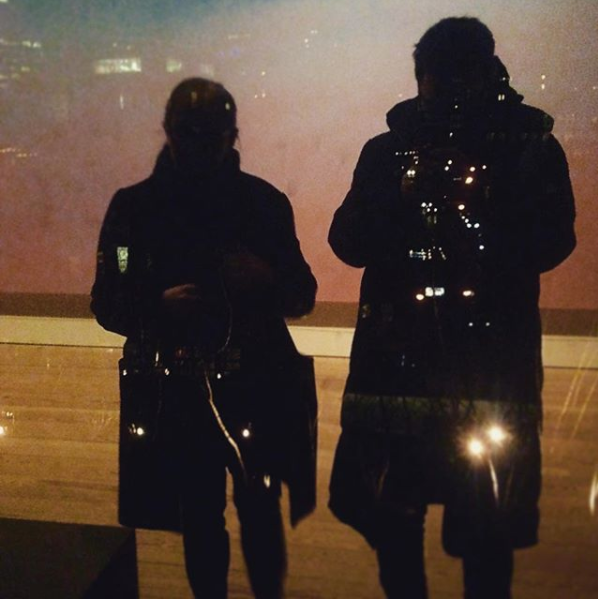
Part I: VR goes where?
In 2016, while working on a research project following my doctoral work on technology and narrative, I acquired an Oculus Rift CV1 headset. I pre-ordered the Rift with grant money from the Swiss government, as part of a project that went a different way, and just prior to release Oculus (not yet Facebook) announced that delivery was delayed and additionally they would be dropping support for OSX. The box arrived and sat in my closet, an expensive large and unused paperweight, for years.
Chapter two of the CYBERDECK project.
- Part I: VR Goes Where?
- Part II: Virtually Sleeping with No Body
- Part III: A Sinking Ship at the End of the World
- Part IV: Rated Arrrrgh: A VR Postscript
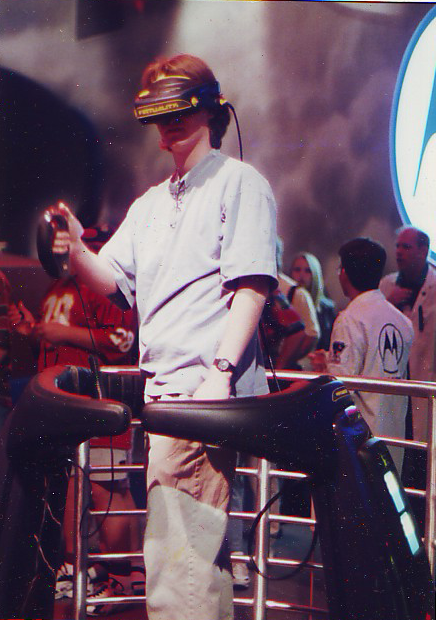
In the interim I explored the possibilities of VR with lower-tech options: Google Cardboard and the defunct Samsung Gear. My take here has always been critical, and this critique remains: I find VR interesting, but the degree to which it requires you to relinquish your actual physical body in order to experience sensation is disturbing. If, as Arnold Aronson writes, scenography is "the sensory seduction of the spectator," this is no seduction at all. But this gap can be an interesting starting point for explorations.
I've also written before about how I didn't think the word immersion really captured the extreme self-mortification of the physical body that VR requires, but I now think it's fairly well selected from the perspective of the wearer specifically. If you've ever tried SCUBA diving or skiing (both, like VR, expensive hobbies that require a certain level of privileges to access - more on that later) you can see why this works. In both cases the amount of gear you are required to engage with is intense. Both limit your range of motion and your sensorium in specific and severe ways and both do so for the express purpose of opening up the possibility of exploring an entirely different terrain that is normally hostile to the human body. Something manifestly true: if you have ever gone through the significant trouble of enjoying any of these activities you know how the sensation of being hampered by your equipment melts once you are in the "correct" environment: the sensation isn't one of limit but augmentation. Still, this gear remains extremely expensive, difficult to access, and perhaps impossible for some bodies. The positive aspects are largely solipsistic: even skiing or diving together isn't really together so much as it is parallel-play. Apres-ski is certainly a thing, but the key word is apres.

For this reason I remain completely unconvinced that VR is the future of theatre or the future of anything else other than itself. VR is the future of VR. Like a drug trip or a dream, the experience is currently unsharable except in the telling. Maybe someday we reach the fantasy sci-fi part of the program where we have an actual Holodeck, a fully immersive storytelling environment that meets bodies where they actually are. If and when this becomes possible the current state of affairs will be our incunabula, and things will become interesting fast. In the meantime this will remain a curious edge-case of human experience. But while I'll continue to argue this, recent experiences have also shown me there is something of a shared narrative, co-built, which is fascinating (and to a large extent, tech-independent). This is something I want to explore a bit more.
Eventually I acquired a gaming PC, but still the GPU wasn't beefy enough for the Rift. Another year or so passed, and the midst of pandemic, the Toasterlab Atelier project was forced to move our programming online. In one case, we partnered with PRX to run a conference in VR, on a Microsoft-owned platform called AltSpace. I finally got a video card that cost more than my PC and my Macbook Pro combined, and dusted off the Rift.
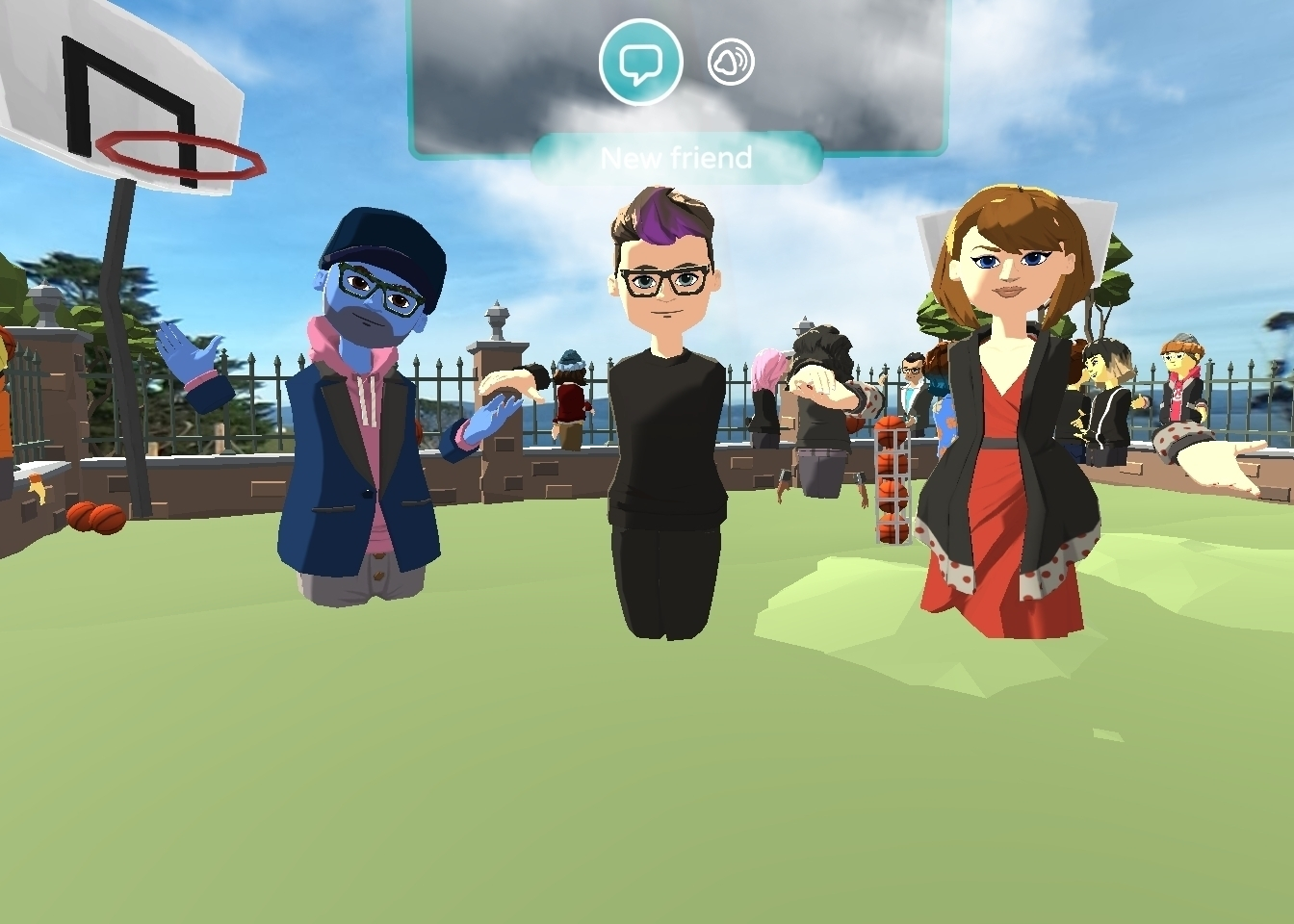
I presented on a panel in AltSpace and the experience was frankly: not great. I found it awkward and legless, the social interactions limiting and weird, and the aesthetic felt hopelessly lost in time. To be clear the "wow" factor of VR was a lot of fun, but fun like eating a slice of cake, not fun like sharing a satisfying dinner. I didn't understand why others seemed so pumped about VR, and to some extent I still don't.
As a beta-tester for Linden World and one of the VR architects of the IBM investment into Second Life a lot of the enthusiastic rhetoric sounded reheated to me: new potentials, new room to express, opening up possibilities, arguments about accessibility that didn't quite jive with the state of the art or the intentions of those directing the development of the technology. This time around the words rang hollow for me, it felt more like enthusiasts searching for a language to communicate the emotional impact this technology had on their own selves. Words to convey a mind-shift that felt bigger than could be properly expressed. I get that emotional connection and I understand the nearly evangelical drive to share it, but I didn't feel it here.
My co-panlist, in Altchat, asks seriously: Do you think they’d mind if we sat down?
Me: I look around, there are no chairs or anything resembling chairs. I look down, I have no legs. My head races with an entire research agenda we had at IBM with regards to why furniture in virtual environments: as skeuomorphic attention-flags, basically, a way to indicate both intention and attention, the same reason we're standing on a virtual stage, and the same reason the organizers are having such a difficult time getting the crowd's focus. I stammer...
"I… doubt they’d notice?”
I'm not sure anyone found that moment as funny as I did.
But, given that I now had thousands of dollars in gear, and given we were all going to be locked inside worldwide for the foreseeable future, I decided to start exploring.
My introduction to the social internet was prior to the invention of the world wide web, prior to when we event talked about "Internet Culture" or Social anything - we were just a bunch of weirdos, many of us actual children, fucking around on the edges of corporate, university and government owned computer networks. And I'm nothing: I have no claim to fame, I didn't invent a protocol or start a company or write a book, but I was there. I spent a lot of time on BBSes, and then text-based MUs, and I was a beta-tester for Linden Labs. And more importantly the economy of the time allowed me to use my geek skills to leverage myself out of difficult situations and take what I wanted out of life at the time. I was never a dot-com millionaire, but that bubble duly employed me, let me got to art school, and gave me the ability to explore electronics and software as well as providing a means to meet literally hundreds of people, many of whom are friends to this day. I mention all of this because my skepticism isn't the typical head-scratching "wow people are weird lol" outsider view, it comes from decades of experience, and when I say I'm not impressed I really mean: I'm disappointed.
I thought we were more interesting than this. I thought surely I'd return to something wilder and woolier than a Zoom meeting in 3D. I want to understand what's going on and where my beloved nerdy-art-cosplay-queer-semi-illegal-hacker-punk-body-mod people who terrified me and who I admired and who I thought were writing the future ended up.
I reconnect with some old friends from SL (Second Life) who I know live their lives largely online and arrange a tour.

PART 1: VRChat
My guide is a furry - one of the internet-tribe of people loosely bound together by an interest in the aesthetics and role-play of non-human bodies, with its roots in largely queer offshoot of sci-fi con culture. Once we find a spot where he renders properly, I see an 8 foot, winged canine. Later I'll learn this is one of a handful of base avatars, community-created "VRC species." This one is a Rexouium, Canis Latinicus for "king caretaker of the world."
Players in VRC use these base models and modify or pay significant sums to have modified to their own specs. (I ask someone once what they get paid to modify avatars: "Whatever you want to charge." I pushed a bit... "Depends on how good you are. Lots of people will do an ok job for a small amount, really skilled people have waiting lists and it's like... 500 and up? A grand sometimes.") I mention this because, unlike Second Life, VRC offers nothing like a marketplace. It's possible they will, and possible they aren't considering this a viable business model the way Linden thought it would be, or even more possible it is a viable business model, but not on the scale the investors want, and potentially involving a morass of intellectual property concerns the company feels is radioactive. We'll unpack some of that later.
In any case VRC assets function somewhat differently than precursor platforms, where the creation tools are built in. When building Second Life, Linden had in mind the success of the World Wide Web, where every page had a "view source" button and creating and experience were co-existent. VRC follows a much more traditional media production model that has come to dominate the internet as well: the bulk of the users are simply "audience," and "content creation" involves an entirely different set of tools and expertise. This clearly traces the trend towards professionalization of digital work, but it also has particular consequences for avatars, which are usually the site for the most performance and customization work on any platform.
For now it means that furry worlds in VRC remind me a lot of car-meets: collections of people gathering to show off exactly how far they can push the boundaries of "street-legal" using parts you can buy off the shelf and the hand-tools you have in your own garage.
Nearly six months later, I want to unpack some of this for you. I want to tell you a bit about what I've seen in the peculiarities of VR and internet communities, and likely rerun some of the oldest story on the internet: a platform built for one community but developed, occupied and expanded by another. A group of enthusiast pushing boundaries in a way that sets the precedent for all that will come but also virtually ensures they will be deleted from official history.
But this particular day, mid pandemic, annoyed with the constraints, annoyed by the awkward UI, annoyed by the fact that I'd rather be in any physical place with physical people, I struggle to point myself in the right direction. I walk into walls, I rush to keep up. It's weird being constrained by a virtual body. I've spent thousands of hours in games and virtual worlds, but none of them ever had forced-first person perspective, which is the first thing I notice in VR (both AltSpace and VRC): I can't move my camera. Also there's this thing, a computer strapped to my face. My nose itches, I want to sit down.
My friend seems comfortable though, and his muzzle moves when he talks, which is a neat trick of animation and voice detection (and here I learn about visemes), his ears flick occasionally and move in a somewhat realistic way when he runs his large cartoon paw over his head (a feature called dynamic bones). He has legs… and they move.
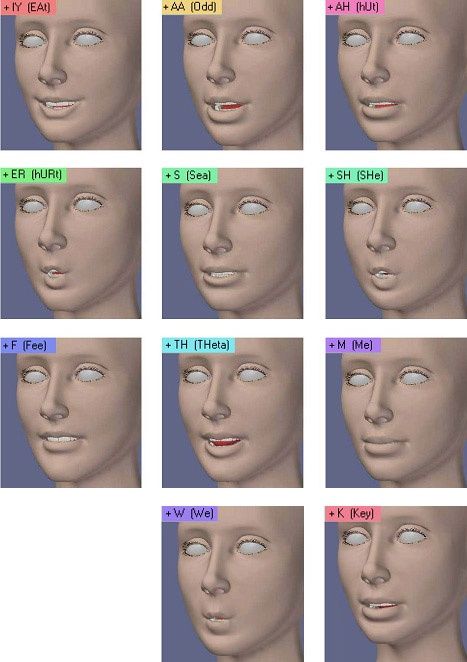
Are your legs tracked? I ask casually, and not without a bit of jealousy, having spent the previous week wishing I was less casper.
"Mmhm… my legs… and my hips, I have trackers on my feet too, it’s expensive but I spend enough time here, I dance a lot. I have no idea what I’m doing but it’s fun and better if you can move."
He lounges, mid air, a dog-odalisque. He's floating above the floor, but it's deliberate.
It's better if you can move.
I spend a week or so in VR, we go dancing, and I dash out an essay to try and capture some of what I'm seeing. I'm not sure this is what I was missing from the clean and well-lit AltSpace, but it's something.
Continued in Part II: Virtually Sleeping with No Body
Did you enjoy reading this? Please share it! If you found it particularly helpful or interesting, I'd love a cup of coffee ☕ 💜
